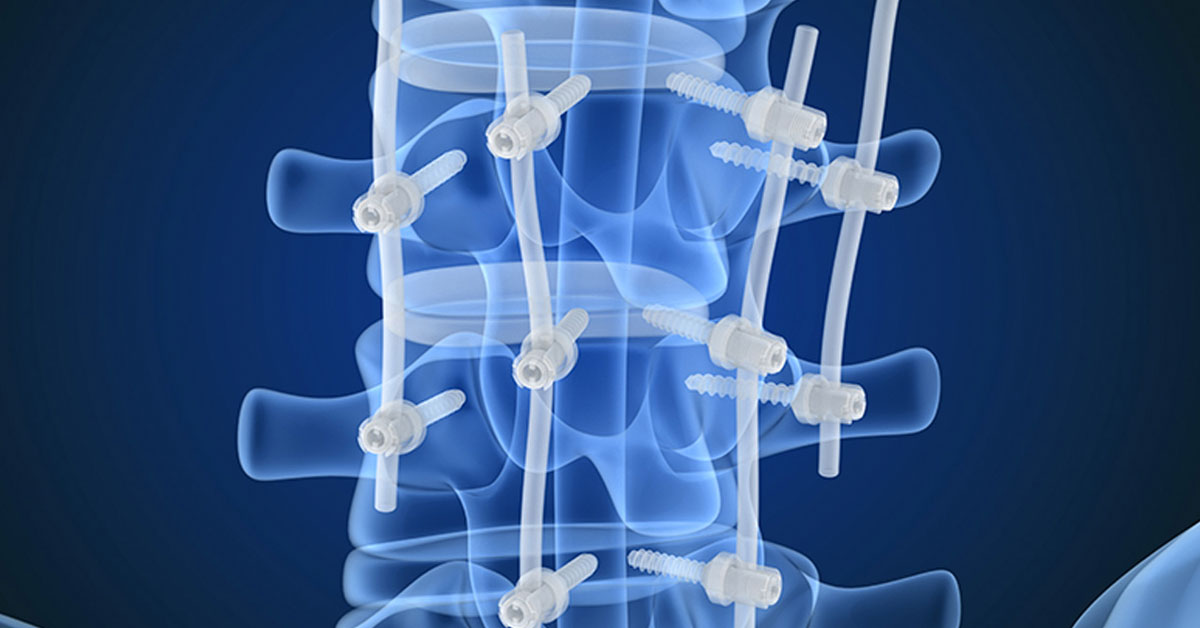
What is Posterior Lumbar Interbody Fusion?
Posterior lumbar interbody fusion, or PLIF, is intended to relieve back and leg pain by removing a damaged lumbar disc and fusing the two adjacent vertebrae together using bone graft material. The approach for this procedure is from the patient's back, or posterior.
Who Needs Posterior Lumbar Interbody Fusion?
Your doctor may determine you are a candidate for Posterior Lumbar Interbody Fusion if you have a history of mechanical low back pain. This low back pain may or may be accompanied by leg pain. Other factors may include degenerative disc disease and lumbar instability, Spondylolisthesis, Spinal Stenosis, spinal instability caused by previous surgeries, or pseudoarthritis. Additional factors include general health, age, activity levels and other life factors.
How is a Posterior Lumbar Interbody Fusion Performed?
The patient is placed facedown on the surgical table. A three to six inch incision is made in traditional openings, or a minimally invasive approach may be made using very small incisions and a tubular retractor to gain access to the damaged disc.
To gain access to the damaged disc, all or a portion of the lamina is removed. This exposes the disc for access and removal.
The damaged disc nucleus and annulus is removed, but the disc wall is left mostly intact to help contain the bone graft material.
Bone grafts and/or allograft material (morselized bone) is placed inside the disc space. The bone grafts help restore disc height and relieve pressure on nerves causing pain.
To maintain stability and hold the graft in position, the surgeon may add rods, screws or other surgical constructs, for additional support. Additional bone graft may be added along the sides of the spine.
The allograft material helps your body grow bone around the implants and creates a natural bony bridge that connects the two vertebrae. This solid bridge of bone is called a fusion.
After Treatment and Recovery
Your surgeon may place a drainage tube in the wound site. He may also elect to use a back brace to stabilize your spine while it heals. You may be in the hospital three to five days with a standard incision. Minimally invasive approaches typically result in a shorter hospital stay of one to two days.
You may be prescribed medication and physical therapy after sufficient time has passed for the bone graft to occur. Be sure to follow your physician's treatment and recovery plan, and always consult them if you have any questions.




